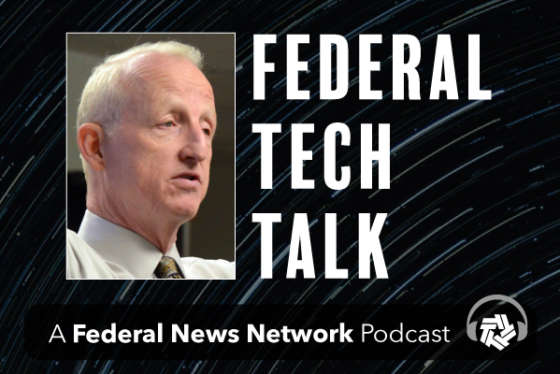
Robotics process automation: Is it right for your agency?
Jeremy Hogg, vice president of Public Sector Sales at Kofax, joined host John Gilroy on this week's Federal Tech Talk to discuss whether your agency is a candid...
Best listening experience is on Chrome, Firefox or Safari. Subscribe to Fed Tech Talk’s audio interviews on Apple Podcasts or PodcastOne
This week on Federal Tech Talk, host John Gilroy interviewed Jeremy Hogg, vice president of Public Sector Sales at Kofax, about the topic of robotic process automation (RPA).
Automation certainly has taken center stage in the federal government during the COVID pandemic. Everyone is trying to reduce the amount of tedious, boring tasks and have valued federal users concentrate on the higher-level analytical aspects of their job.

Robotic process automation is not a new concept. It has been around for years, but there are some people in the technology community who have had negative experiences with it.
Hogg detailed the “state of the art” of RPA and gave listeners a checklist for consideration if your agency is a candidate for RPA.
He indicated that you need to look at a system that has sufficient volume to take advantage of the savings of automation. Next, systems with well-defined triggers seem to leverage RPA best. Finally, well-defined inputs and outputs are important for applying any kind of automation.
One example of using automation is the mandate from the Office of Management and Budget and the National Archives and Records Administration that agencies shift to electronic record-keeping by Dec. 31, 2021.
Many of these processes can be good candidates for automation.
Hogg broadened the understanding of automation to include the ability of handheld devices to be a part of the records management system. He ended the interview with a well-thought differentiation between automation and hyper-automation.
Copyright © 2024 Federal News Network. All rights reserved. This website is not intended for users located within the European Economic Area.





